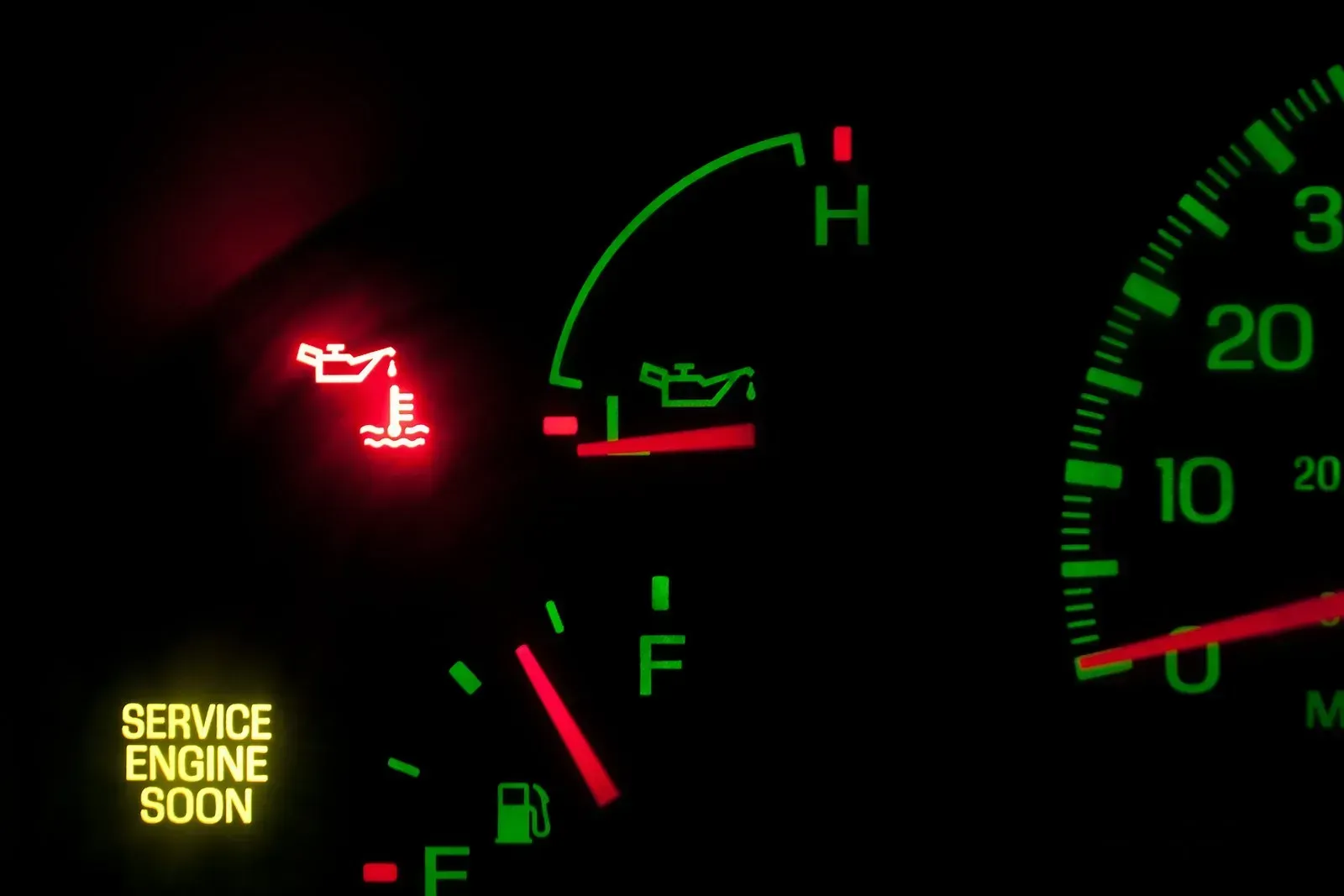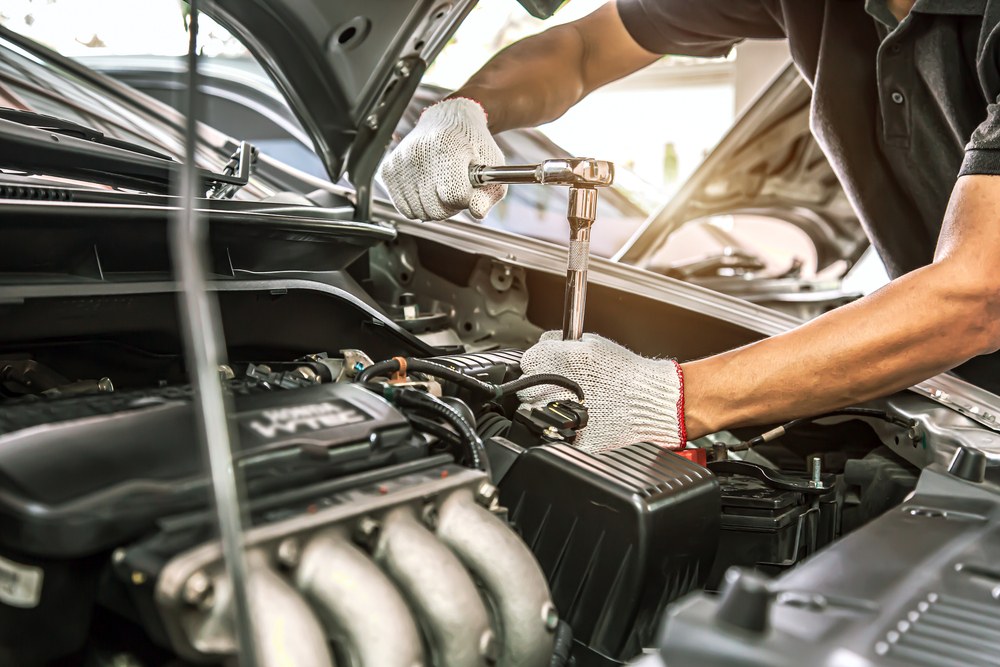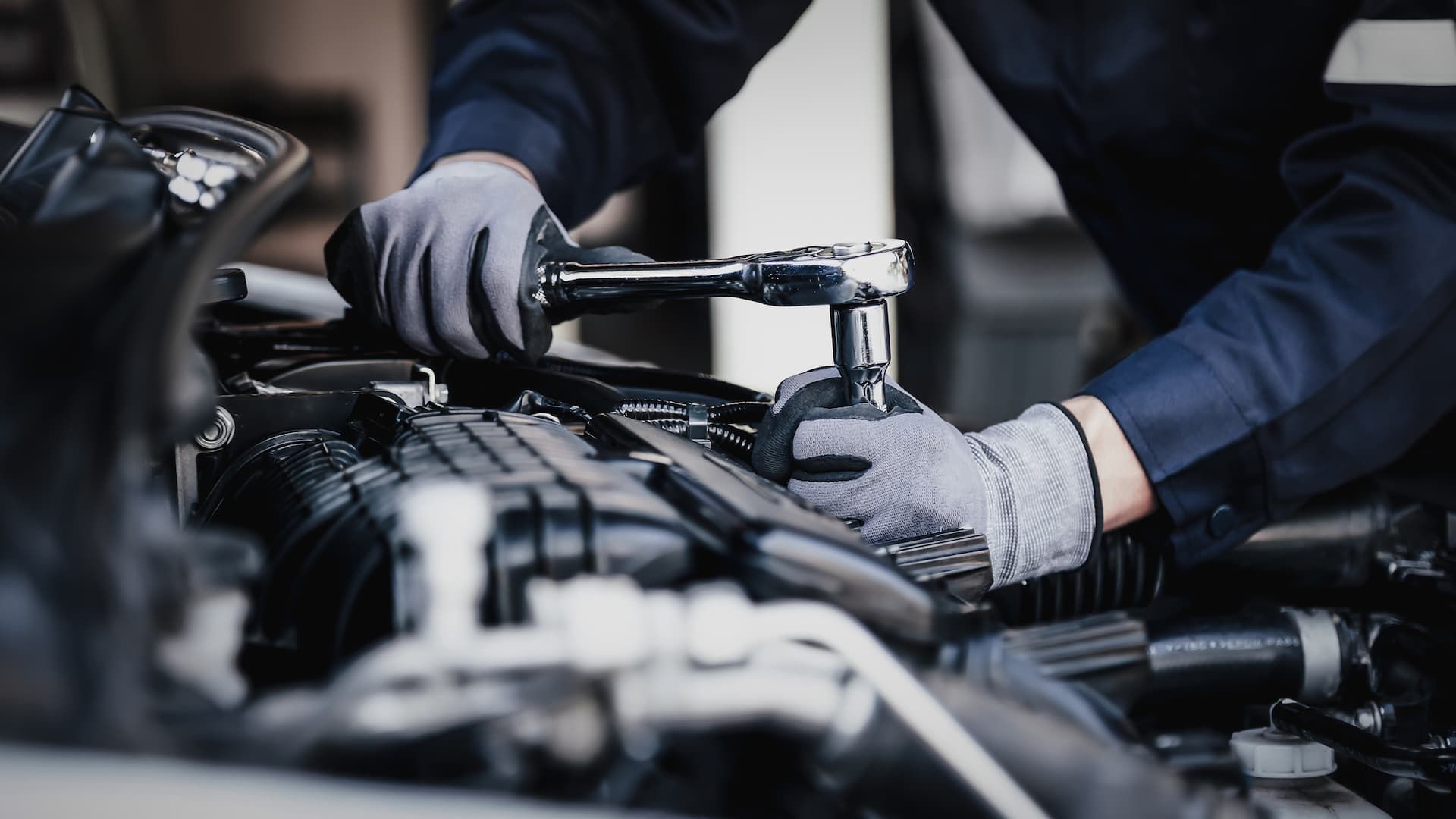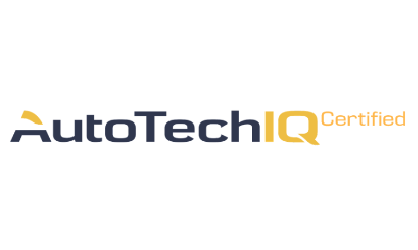Buying a Used Car in 10 Easy Steps

Buying a used car not only saves you money, but you will also be doing your part in helping the environment. So, it’s truly a win-win situation.
But we also understand it can be a little bit daunting, especially if this your first time purchasing a car. To help, we’ve put together 10 easy steps to hopefully make the process go smoothly.
Here are some tips to help you find a great used car.
-
Figure Out What You Can Afford
-
Pick a Car That’s Best for You
-
Find Used Car Prices
-
Work Out Financing
-
Contact Seller
-
Study the Vehicle History Report
-
Test Drive the Vehicle
-
Have the Vehicle Inspected
-
Negotiation
-
Make That Deal
Skip The Hassle! Get Expert Advice on any used vehicle with a pre-purchase inspection
1) Figure Out What You Can Afford
Buying a used car is often the most economically sound decision for a lot of people, but just like buying a new car, you still want to put a good amount of effort and research into it. Think about it. A car is a pretty big purchase, used or new. And unlike most big purchases, a car is not considered an investment. Your car is not going to appreciate its value or generate any sort of income for you, but it is considered an asset–even though its value depreciates. With that being said, it’s important you find a car that’s right for you and your budget.
Before you start any research, it’s important to know where your price point is at. Ask yourself if you want to buy it outright and avoid monthly car payments. If you want to finance the car, how much are you willing to put down for a down payment? Typically, the more you put down as your down payment, the less your monthly payments will be.
Keep in mind, a dealership is not the only place you can receive financing. Sometimes, it’s often cheaper to go another route. If you have a good relationship with your bank, you can look into pulling a loan from them. Credit scores will also play a role in the interest rate, so just make sure you know what is best for you and your bank account.
2) Pick a Car That’s Best for You
Once you have a price and payment plan in mind, you can start researching what type of car best suits you.
This doesn’t necessarily mean you have to find the car and fall in love instantly. This simply means finding a few good candidates that you like. Narrowing down the scope of options will help this feel a little less daunting and overwhelming.
If you have little ones and find yourself playing soccer parent from time to time, a third row backseat would probably make your life easier. If this is a car for your teenager, Bluetooth and hands-free capabilities would be a great feature. (Though if you can’t find a car with Bluetooth, you can purchase devices that connect to a radio station to enable Bluetooth, making the car hands-free without the added cost from the dealership).
So, just research certain features that are a must for you and go from there. Luckily in the age of technology, Google is always our friend in these scenarios. However, if Google just isn’t giving you what you need, try this site!
We recommend keeping up with prices all throughout this process. Keep in mind, the more safety features a car has, the more expensive it’ll be. So, as you look for cars, be sure to remember your price point!
3) Find Used Car Pricings
At this point, you have found a few cars that you like. Next step: research prices.
Before you do that, let’s talk about CPO. CPO stands for certified pre-owned vehicle, and that just means that the vehicle has been inspected to ensure safety qualifications, and if need be, dealers might do small repairs to ensure the car is working at its best capabilities. A certified pre-owned vehicle will also typically have an extended warranty based on mileage. With a used car, that is not the case.
Because of this, certified pre-owned vehicles are more expensive because of these added qualifications. A used car is typically bought in an ‘as-is’ scenario. So, keep this in mind as you research prices. If you’re looking for an extended warranty and a car that has undergone inspections, you should probably be looking for certified pre-owned vehicles.
4) Work Out Financing
Once you have the right car and pricing worked out, it’s time to get your financing situated. Ideally, if you’re not using financing through a dealership, it’s smart to have a loan pre-approved before you step foot into the dealership.
You can absolutely get financing through the dealership, if that is the best option for you. However, please keep in mind that if you decide to pull a loan from a third party, you won’t be strapped down to one single seller or dealership. Getting your financing ready beforehand also shows the seller that you are seriously in the market for a new car instead of simply browsing.
Buying the car outright is also an option, and it is a good way to avoid monthly payments and interest rates. However, not everyone can afford to pay out right for a vehicle, new or used, so if that’s the case, financing is the answer.
5) Contact the Seller
Now, that you have a car that you like and a price that’s for your budget, you can now contact the seller. If the seller is a dealership, it’d be wise to give them a call to see if the car is available. If it’s a private party seller, you can use this opportunity to do the same thing. You should also use this time to ask a few questions about the vehicle itself.
If the private party is an individual, perhaps you should ask them why they are selling the car. You should also see if they have the title and if the title is clean. If the title is not clean, it’s considered a salvage title. A salvage title means that something has happened to the car, whether it be accident, flood, or storm damage, and an insurance has declared that it is worth less than the amount needed to fix it. This is more colloquially known as totaled.
Of course, if you go the dealership route, these nuances can probably be avoided, but the cars will end up being a skoosh more expensive.
So, in the end, you have to weigh the pros and cons of both buying options and see what’s best for you!
6) Study the Vehicle History Report
So, you’ve researched, got your financing, and spoken with the seller, and now it’s time to check out the car’s history report.
For all cars, you will be able to find its history report through the VIN (vehicle identification number), and you will be able to see its accident record, title, and other things. You can do this through CarFax for easy and reliable reports.
If you are buying through a private seller, this step is highly recommended to keep you informed about your purchase!
7) Test Drive the Vehicle
Have you ever driven someone else’s car and it just didn’t feel right? We’ve all been there.
Most people are particular about the feel of a vehicle when they drive, and that’s why test driving is so important. It is also a great way to experience how the car drives.
Also, take the time to truly inspect the car as you’re getting in. Use your senses. Does it smell alright? Do the seats feel okay? Is there substantial interior or exterior scratches? Keep in mind, with most used cars, there is going to be some wear and tear from previous owners, but you are comfortable with the severity of wear and tear in proportion to the amount you’re paying for the car.
8) Have the Vehicle Inspected
Now, this step is not technically a necessity in the car buying business, but it is very, very much so recommended.
Think about it, you inspect the car, and that’s great. It’s important to personally inspect the car, but even if you’re car savvy, it is still different from a professional inspection.
After a hiccup-free test drive, you know this is the car that you want. Well, that would be a great time to ask the seller if it’s okay if you have it inspected by a third party mechanic. Obviously if there were major hiccups during the test drive, a mechanic isn’t necessary because you won’t be interested in the car anymore.
For reliable mechanic inspections, ask the seller if it’s possible to get the car towed to Team Ryan. We’d be happy to inspect the car for you and make sure it’s running the best it possible can!
Helpful Tip: If the seller objects to this, that’s a good reason to be a bit wary of proceeding.
9) Negotiation
Next up, negotiating. It’s fair to say that this is probably the most daunting step of the all. Now, keep in mind, if you’re comfortable with the price set forth, stay with it. If you like to haggle, then by all means, haggle away–respectfully, of course.
Here’s the best advice we can give you when it comes negotiating: stay within a reasonable price range. Lowballing during negotiation is probably not going to have the desired effect.
If you pulled financing from the third party, that gives you a little bit more freedom, instead of relying on the dealership for financing as well.
10) Make That Deal
Now, all that is left to do cross the T’s and dot the I’s, and you’re officially the owner of the car.
Here is a helpful tip: If you’re buying the car from a private seller, you will need a bill of sale. You will also need to be in possession of the title and registration. Make sure both of these documents are accurate!
When that is done, congratulations, you did it! You bought a car!
Have Auto Care Questions? Ask our Experts.
Need to Schedule Your Vehicle Service? Make an Appointment.










